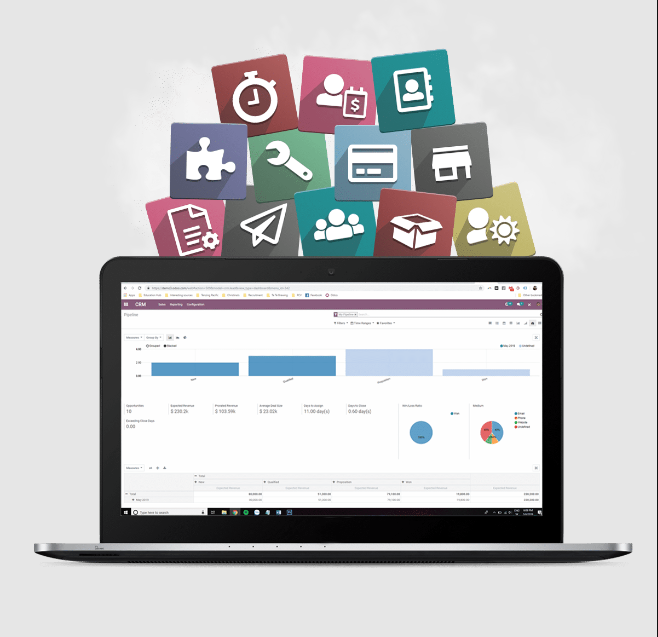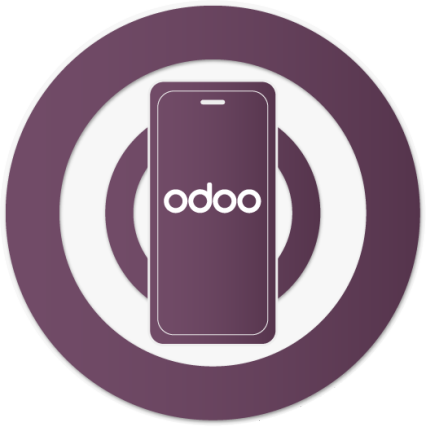Open Source ERP is not a
Free Lunch

Before we attempt to respond to the key query of what the ERP community can contribute to open source, let's take a moment to review how open frameworks actually work and operate. Because some businesspeople still mistake open source for free software, we need to make this point very clear. Here, the term "free element" refers to a very particular degree of freedom.
Richard Stallman, the pioneer of the free software movement, is renowned for his repeated insistence that the terms "gratis" and "libre" are not interchangeable. In a number of his keynote speeches and seminars on the subject, Stallman advised, "Think free as in free speech, not free [as in] beer."
Enterprise open source is typically funded by subscriptions that provide updated, stable versions of the software. Enterprise versions occasionally include additional platform and application functionality as well.
We are aware that many application tools, functions, and data services today have open source at the core of their architecture due to the widespread adoption of open source across the enterprise software bundle. What are ERP vendors and customers doing in light of this reality to make sure they "give back" to the model that has influenced some of the technologies they use every day?
Commit is code... even more
Open source contributions typically take the form of "code commits," which is a crucial first point to make here. For instance, Red Hat is the largest code commit contributor to the Linux kernel, which, while logical, also serves as a concrete justification for its status as an open source powerhouse.
Different things can be contributed. Open technologies require accessibility in order to be free to operate. This means that in addition to all kinds of business administration, marketing, and other tasks, open source needs people who are willing to work on creating or improving user documentation (and translating it into other languages). The open ship needs a full crew with a variety of skills to keep it afloat.
What many users don't realize is that interacting with the core developer community behind an application and offering user feedback is an invaluable process when they are using tools that are either natively open source or have been developed from open source.
The core idea behind open source is transparency, which in this context refers to keeping the door open to development, betterment, and evolution. The software team behind any given project or toolset used in the ERP space won't know how truly effective it is unless we, the users, inform them of its effectiveness. Unstructured remarks and messages on user forums may constitute this open ERP feedback. It can also come from more organized reports that contain quantitative performance data. All of it contributes to open evolution.
The Conclusion
Our main takeaway from this discussion must have to do with users and usability, adoption and collaboration, and (as always) the question of costs and compensation at the end of the day.
No matter if an ERP system is open source or not, form and functionality will always ultimately win if users like it and find it to be very user-friendly. The adoption of open
source ERP and community participation will follow if we build it properly.
The final factor to take into account is how it will be paid for and its cost, and this attitude aligns with the general philosophy that motivates open source community engagement in the first place. We can give you a taste and possibly your first drink for free, but enterprise open source is still free as in speech, not as in beer. However, as always, don't forget to give your waiter or waitress a tip.
